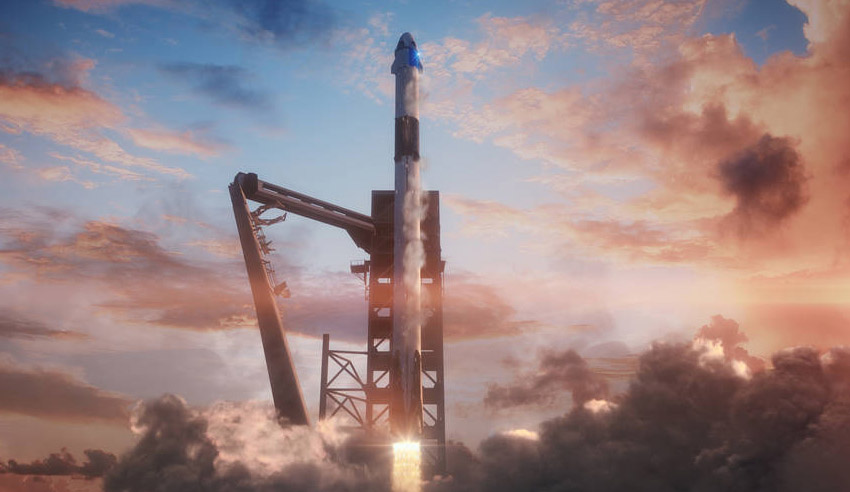
The launch is part of NASA's Commercial Crew Program, which involves the agency working alongside American aerospace industry as businesses develop and operate spacecraft and launch systems.
The goal of the program is "safe, reliable and cost-effective transportation to and from the International Space Station, which could allow for additional research time and increase the opportunity for discovery aboard humanity’s testbed for exploration".
SpaceX's Falcon 9 rocket and Crew Dragon spacecraft (also known as Dragon 2) are scheduled to launch on 8 January (AEDT) from historic Launch Complex 39A at NASA's Kennedy Space Center in Florida.
Dragon 2 will fly a mission to the ISS to test the vehicle's systems in its first orbital flight. It will be an unmanned mission and aims to provide data on the performance of the Falcon 9 rocket, Crew Dragon spacecraft, and ground systems, as well as on-orbit, docking and landing operations.
If the initial test is successful, a follow-up mission called Demo-2 will take place next June, with NASA astronauts Bob Behnken and Doug Hurley planning on flying the Crew Dragon to the ISS.
In between these projects, SpaceX plans to test the Crew Dragon's abort system by jettison from a Falcon 9 vehicle after lift-off.
SpaceX last completed a pad abort test in 2015, which is a test of a launch escape system to see how adept the system is at evacuating the crew of a spacecraft in the event of an emergency on the rocket's launch pad.
Following the Demo-1 and 2 tests, NASA will "review the performance data and resolve issues as necessary to certify the systems for operational missions".
Receive the latest developments and updates on Australia’s space industry direct to your inbox. Subscribe today to Space Connect here.









